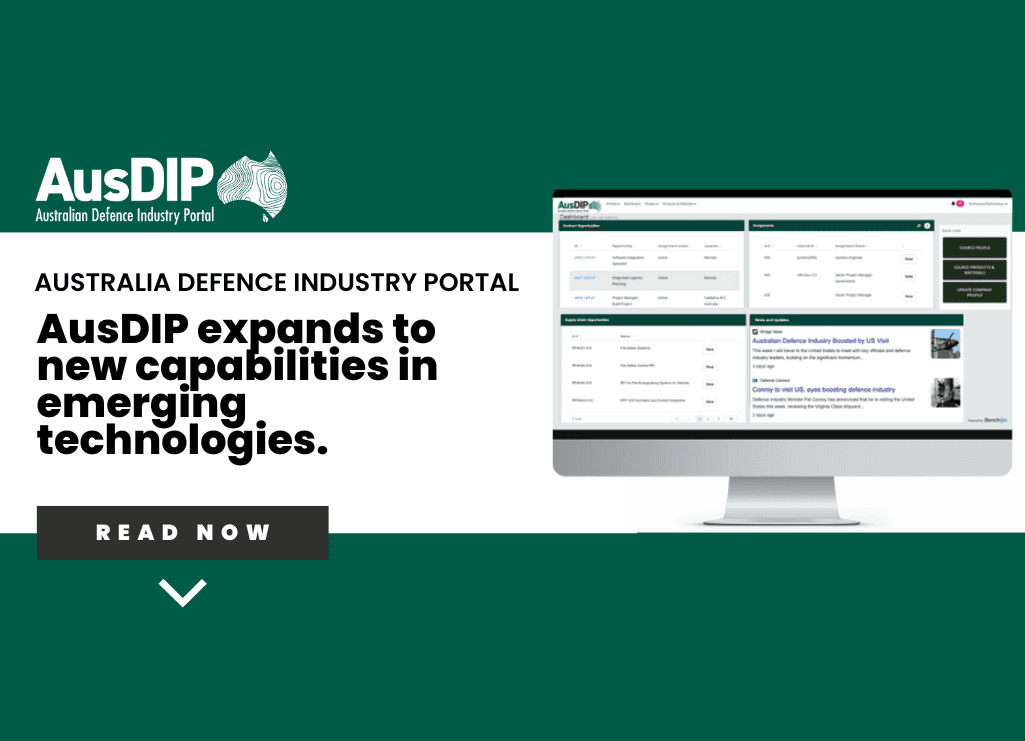Opinion Piece on EY’s ‘Stop Talking About the Future of Work’

EY has just released a white paper on the Future of Work and it immediately caught my eye because the title infers that no one is doing anything about it. As someone who is building a tech platform that does support and drive the future of work, I instantly had my back up. “What do you mean no one is doing anything! Have a look around!” Then I actually read the document…
EY have done a great job in highlighting the real problem within the Future of Work discussion – everyone knows the change is coming (and for some is already here) but governments, businesses and employees aren’t taking the required action now to prevent the disaster that we believe will come with continued inaction. This quote sums it up brilliantly, ‘because for perhaps the first time in history, we have enough knowledge to avoid the socio-economic consequences for especially vulnerable parts of our labour market – provide we act on it.’ (pg 10) What it really boils down to is how do people know how they will have to be skilled to be employed in the future. What do Governments, Businesses (including learning institutions) do to assist in generating the action required?
This was a very thought-provoking paper and I recommend you read it. For me, it brought up a few thoughts.
We are a Reactive Species.
There are multiple reasons for the lack of action, but I think at its core is the fact that reality is not aligning with the future projections for many people. Humans often need to experience the pain of a problem before becoming motivated to fix it.
Many people are hearing a lot about the potential pain coming but haven’t experienced any change to their working lives that is showing them that disaster could be around the corner. Intentions are good but it comes down to priorities. Everyone is busy and there is always more work to do than there are hours in the day, so when does a business prioritise putting effort into a future possibility when they have pressing, present issues to deal with?
The answer is, they don’t. It becomes too hard and they will wait to see what others do first. Which is why we find ourselves in action paralysis. This is where our leaders need to step up and take action for the greater good. Leading Responsibility: Government.
Where is the Pain Point?
The problem is that those that are suffering first, from this inaction at all levels, are the employees. Businesses continue to take a short-sighted approach to talent management by cutting staff to save money, rather than investing in them for the long term. So, employees will begin losing their jobs and the pain will only be felt when they start to find it difficult to find new work. Its already happening in key areas but businesses don’t feel the full economic effect, or pain point, until much later when the reduction in income leads to drastic reduction in spending and a corresponding reduction in revenue. So, you can see the problem in that people need to be informed by Governments, Industry bodies and Businesses on the change that is coming so they can take the appropriate action, but Governments, Industry Bodies and Businesses are not feeling the pain yet and therefore aren’t properly motivated to take action yet – we all just continue to talk about it while we deal with our more pressing priorities. Leading Responsibility: Businesses.
New data is required for the outcomes to be correct
The authors state that ‘The challenge we face around data is not that we don’t have it, but that we have too much and we are not collectively skilled in drawing insights out of it.’ (Pg 20) I agree and disagree with this statement. I agree that we have too much data and don’t know how best to use it, but I also think that we need to be scientific around choosing the data points that we use to make the right assessment.
As an example, I had a debate with someone recently who used statistics showing reductions in job ads by industry to ‘prove’ that those industries with reducing ad numbers were shrinking. I saw his correlation but asked him why that exact statistic didn’t give him the impression that employee turnover was declining in that industry instead. ‘Just because.’ The numbers could rightly point to both conclusions yet without additional data points, it was merely a guess. Data analysis is going to be key to this strategy but without the appropriate data points for the exact problem we are looking to solve, we are in danger of making poor decisions on incorrect conclusions. Leading responsibility: Government.
If we want better workforce intelligence, then we will need additional data points including:
- Employee turnover rates (including reason if available) – to correlate with job and employment data to identify the core problem areas rather than just the symptoms.
- Employee under-utilisation rates – to determine how often a skill set is kept productive which can provide pre-emptive warning of changes in supply and demand.
- Inter-company levels of contingent work conducted by skill set – to show the non-permanent demand levels for skill sets which can provide pre-emptive warning that a skill set is in increasing demand.
Human Behaviour and Culture must be a data point
When we analyse workforce data in the absence of human behaviour and culture/social trends, then the outcome of the assessment is useless. As an example, I become incredibly frustrated when people use ‘Its predicted that by 2020, 40% of the workforce will be doing some level of gig/independent work’ then follow that up with ‘I see a future where we are all independent workers with full flexibility to just pick and choose the work we want, when we want it.’ That is just ridiculous, isn’t it?
A trend does not always (actually most of the time) extrapolate to its 100% conclusion. To assume all workers will soon be fully independent simply because there is an increasing level of people looking for flexible work options, conveniently leaves out any understanding of human behaviour. We are not one size fits all. Some people want stability, some people want flexibility. Some people are ambitious, some people are happy where they are. So, the future of work will naturally balance itself to accommodate how people are willing and able to work. Any analysis of workforce data must apply a filter of human behaviour to the analysis to get a true picture of what patterns are coming. Leading responsibility: All
Skills based Learning and Hiring
The authors rightly point out that a move to a skills-based workforce is the best way to keep up to date with quickly changing industry requirements. Coupled with a life-long learning culture, this will create the most agile workforce of the future.
I really liked the point of providing time each week for your employees to conduct a learning activity. This makes learning a regular part of any job and will improve participation rates in learning activities.
We are starting to see industries where skills are more important than degrees, but we still have a long way to go. It is hard for people to get past the quality assurance factor, i.e. if they have a degree, you know what things they have been taught and therefore can make an educated assessment of whether they can complete the work. This regularly is not accurate, but perception is everything.
Two things I think would help:
- School students must be informed of the supply and demand mismatch in industry so they can make informed decisions about their future careers. We have all heard the story that there are far too many law students for the limited amount of lawyer positions. This will guide what they choose to learn and allow universities to identify courses with reducing demand so they can switch focus to growing areas. Supply and demand driving learning institution behaviour. Leading Responsibility: Government.
- Universities switching to micro-credentialing instead of fixed degrees. This allows students to pick the skills they want to learn and combine them into a flexible degree. Coupled with being informed from point 1, supply and demand will again do the hard work in creating the future workforce for us. The VET sector is getting good at this by getting continual feedback from industry on what skills they are looking for and then tailoring their courses to meet that demand. Leading Responsibility: Learning Institutions.
Conclusion
We need to get ourselves to a point where we are proactively preparing for the future but without a data driven vision of the future, we are walking in a scary, dark room with no idea which way to go.
Technological impacts on the workforce are already happening but it is not consistently being felt in all areas, and without feeling the pain of the change, people aren’t motivated to take action. That should not minimise the pain that current employees are feeling in some areas. These sectors are already vulnerable, and people are suffering so it needs to be made clear that action is required now by Governments and Industry to support this transition. We are playing catch up and the longer we leave it, the greater the affected portion of the population. The aim is to get to a place of personal responsibility for your education and career, but work needs to be done to properly inform the population on what’s coming first. While this is happening, we need to be spending money on supporting the currently affected and helping them transition.
Thanks to EY for publishing the report and I encourage you all to read it and ask yourself where your responsibility lies.
By: Tim Walmsley, CEO and Founder of BenchOn
BenchOn is a Business Talent Sharing platform that allows businesses to earn revenue in the downturns by ‘loaning’ out their underutilised staff to other non-competing businesses that need specialist or contingent support.


